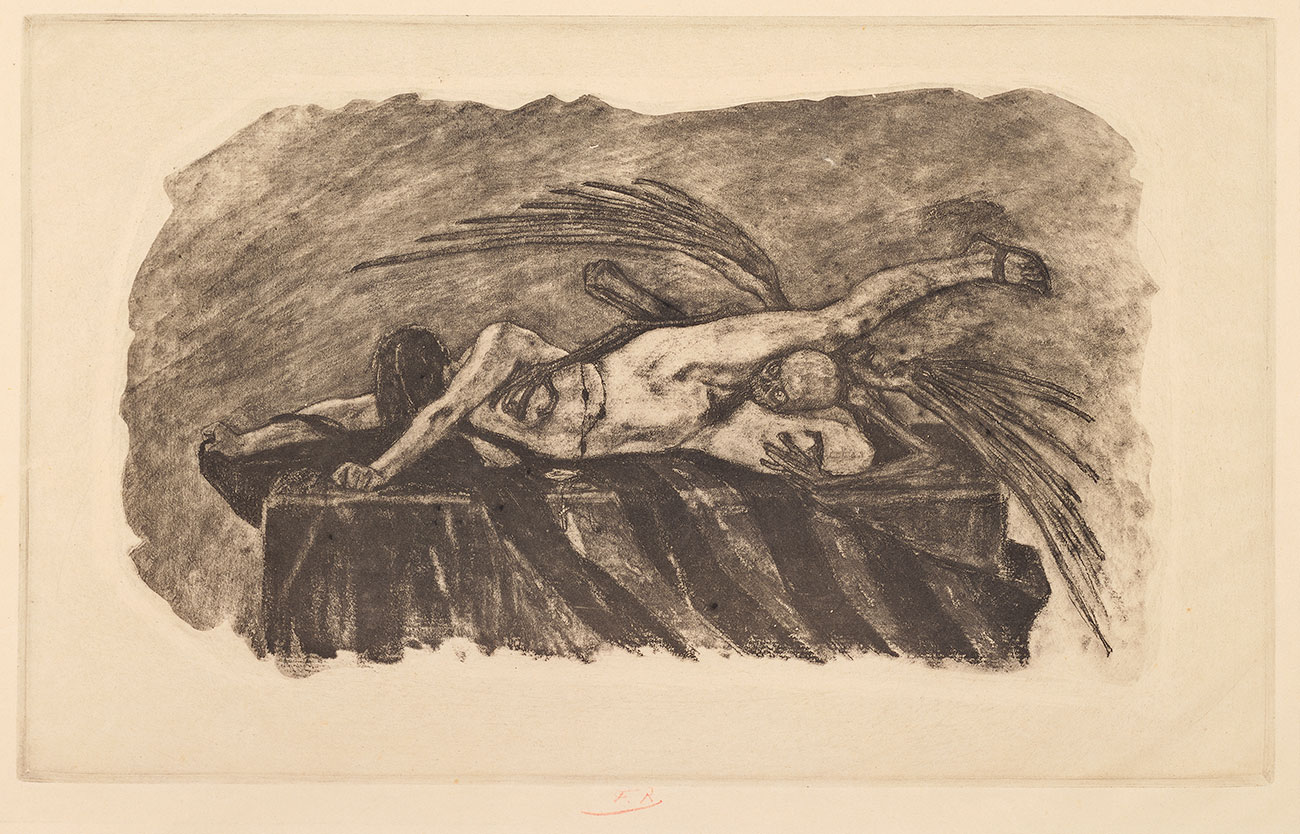There's a deleted scene from the first one where Ripley finds Dallas still alive and cocooned into the wall and Brett in a similar situation and being turned into an egg. It's intriguing and pretty horrifying, but I can see why they cut it.
One scene that was cut from the film occurred during Ripley's final escape from the Nostromo; she encounters Dallas and Brett, who have been partially cocooned by the alien. O'Bannon had intended the scene to indicate that Brett was becoming an alien egg, while Dallas was held nearby to be implanted by the resulting facehugger. Production designer Michael Seymour later suggested that Dallas had "become sort of food for the alien creature", while Ivor Powell suggested that "Dallas is found in the ship as an egg, still alive." Scott remarked, "they're morphing, metamorphosing, they are changing into...being consumed, I guess, by whatever the alien's organism is...into an egg." The scene was cut partly because it did not look realistic enough, but also because it slowed the pace of the escape sequence. Tom Skerritt remarked that "The picture had to have that pace. Her trying to get the hell out of there, we're all rooting for her to get out of there, and for her to slow up and have a conversation with Dallas was not appropriate."














